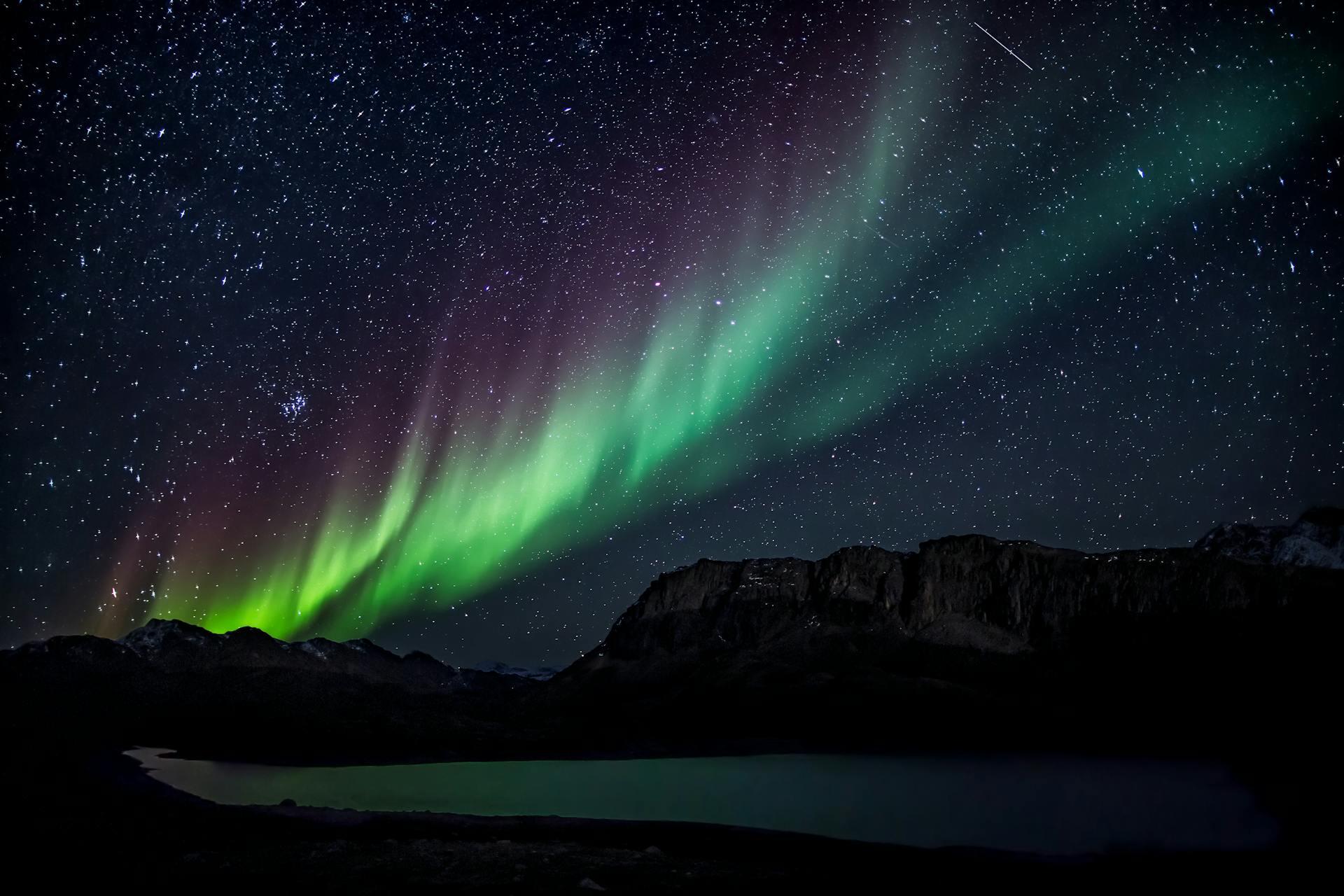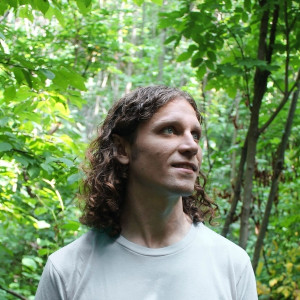In the cold north of our country, the aurora borealis has fascinated viewers for centuries. Due to our country's location, extreme winter conditions and clear skies, all these elements create the perfect combo for this phenomenon. But what mystery lies behind this spectacle of lights? Discover all about the auroras, some of the most relevant science faces, some historical data about its origins, and why you should consider it to be one of Canada's natural wonders.
The Cree people believed that the Aurora was part of the circle of life and represented the spirits of the deceased who remained in the sky, separate from their loved ones. They saw the lights as the souls of departed friends and relatives attempting to communicate with those still on earth.

How Are The Northern Lights Formed?
The Northern Lights —also known as the Aurora Borealis, are produced by the electrically charged particles traveling from the sun and colliding with the gases in the upper atmosphere. It is created when the particles hit the atoms in the Earth's atmosphere and transfer energy, releasing this energy through light. Et voilà! This is how the impressive auroras are formed. The Northern Lights' multicolored luminosity appears in the sky at high latitudes in the Northern Hemisphere. And impressively, they usually form a band of light between 500 and 1000 km wide!
Are you a visual learner? Check out this video:
The Color of The Northern Lights Explained
Did you know that the color of the aurora depends on the composition of colliding atoms? However, we must remember that the phenomenon of interaction between solar particles and the atmosphere is much more complex and has many variables. The density of the atmospheric gases, the solar wind, and the height are some of the parameters that can affect northern lights as they will determine and alter the intensity, color, and form of the aurora. Let us find an example to unravel the mystery:
When the collision of solar particles with oxygen occurs 250 km above sea level, where the atmosphere has a thinner layer, it produces red light. That is why whenever you step out to see the aurora, you see something different from the last time, making each observation unique.
The Origins of "Aurora Borealis" & Galileo Galilei
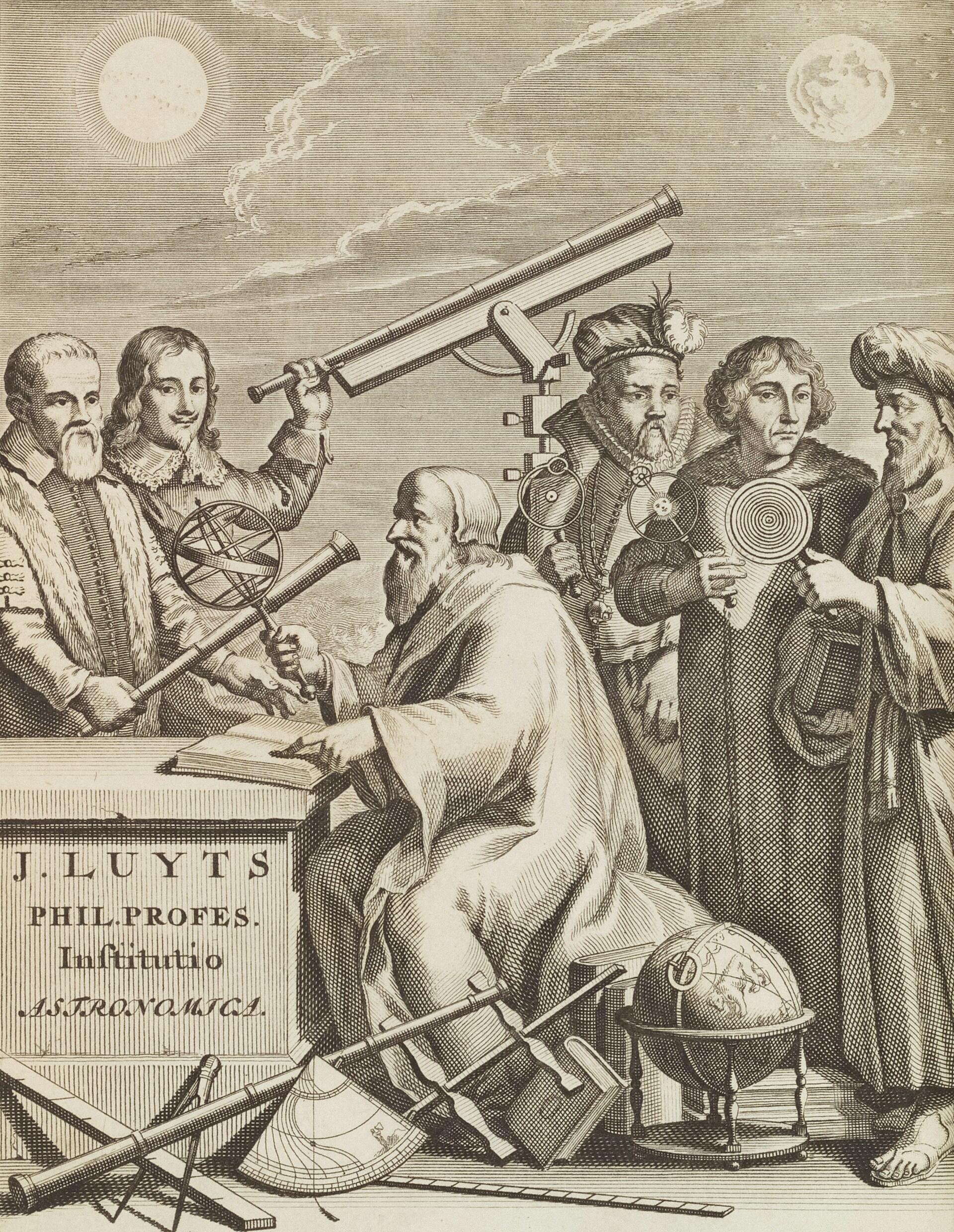
Born in the city of Pisa, Galileo Galilei (1564 - 1642) was an Italian astronomer, physicist, and engineer known as the "Father of modern astronomy" or "the Father of modern physics." He was the first to use the experimental scientific method and observe the mountains of the moon, the moons of Jupiter, the phases of Venus, and the rings of Saturn all through a telescope. Mind blowing for the time, right? But what does the famous Galileo Galilei do with the aurora borealis?
He was the first to came up with the accurate term "aurora borealis" in 1619. He was moved by the spectacle of light he observed, and to be able to describe it, he combined the name of the Roman goddess of dawn, Aurora, with the name of the Greek god of the north wind and winter, Boreas.
Read about the The Rockies!
History & Cultural Significance
The aurora borealis had a meaningful role in many indigenous cultures thousands and thousands of years ago. In the northern regions above the Arctic Circle, where the polar night was experienced by the indigenous groups located in the area, this incredible phenomenon was interpreted in various mystical ways. Among some Inuit and Inupiat groups, it was believed that the Northern Lights symbolized dancing spirits or even that these neon lights represented the spirits of their ancestors.
It is important to note that these interpretations vary from community to community. Still, the core philosophy that the auroras have a deep spiritual and cultural meaning is widely acknowledged throughout history. Its cultural significance makes it an even more magical and breath taking experience for all new visitors, right?
Discover the cultural significance of Niagara Falls!

Where and When to See the Aurora Borealis in Canada
One of the best spots to see the aurora borealis in the Great White North is Yellowknife in the Northwest Territories, famous for its clear skies and bright auroras. The Yukon, Whitehorse, is also a top destination for seeing auroras, as is Jasper National Park in Alberta & Iqaluit in Nunavut.
Up to 60 nights per year!
Now that you know where, you need to know when! The best months to see them are those when it is darker and clearer for longer, you can even check out the live forecast.
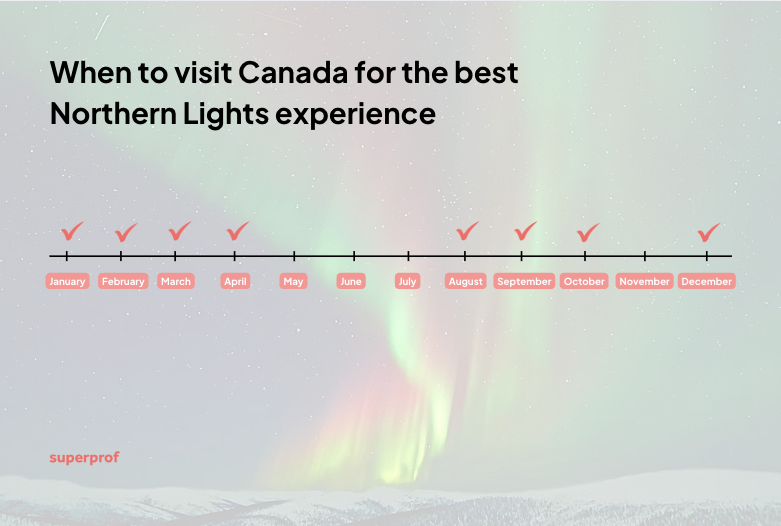
How Long Do the Northern Lights Last?
The duration of an aurora borealis can fluctuate enormously. It could occur for a few minutes and the following last several hours. The intensity also varies: it may come in at a dazzling level for a few minutes and then subside, only to be back up again shortly afterward. Anything is possible depending on the existing atmospheric conditions and the sun. The sky must be dark and clear of clouds to be able to see the Northern lights clearly. Some people even claim the aurora comes out when temperatures are way colder.
The ideal way to experience the Northern Lights is on a guided tour. A knowledgeable guide will monitor the Aurora forecast and lead you to the best viewing spots.
Since the optimal time to see the lights is between 10pm and 2am, often peaking around midnight - to make the most of your experience, consider taking an afternoon nap to stay energized!
Does Aurora Borealis Occur Only on Earth?
Thanks to observations made by the Hubble Space Telescope and space probes, auroras have been detected on other planets in the solar system, such as Jupiter, Saturn, Uranus, and Neptune (sadly, not on Mars). Although the formation of auroras is similar to that described on Earth, there are notable differences in their origin and characteristics.
On Saturn, auroras are created by interactions with the solar wind and the planet's magnetic field. In contrast, the process is different for Jupiter due to the plasma produced by its moons, resulting in intense and complex auroras. Additionally, the atmospheric composition of Uranus and Neptune affects the structure and dynamics of their magnetic fields, which in turn influences the form and behavior of their auroras.
Travel to a frozen land on Earth: Explore the Iceberg Alley in the Canadian North.
The Sound of Northern Lights
Though there have been reports of aurora borealis auditory events (humming or crackling sounds), the scientific community still debates whether or not this phenomenon naturally produces sound. Some theories exist that suggest electromagnetic activity in the atmosphere is the cause of such sounds. In contrast, other studies indicate they could result from environmental effects or psychological responses in extreme conditions. The combination of their luminous beauty and these unusual auditory experiences arouse the astonishment of both observers and scientists.
Learn Geography in Canada!
Want to learn more about the aurora borealis in Canada? Would you like to venture into the geographical study of this phenomenon? Learn more about our natural wonders with geography lessons designed especially for you. Explore the study of our planet and its environment and the most important information about Canada's most beautiful places to broaden your knowledge.
Geography is a science that studies the physical characteristics of the planet, the population, the culture, urban development, and interactions with the natural world. So, if you want to find the best geography lessons in Canada, don't waste more time. Visit the official Superprof website!
Superprof is a private tutoring platform that helps you find the best-specialized tutors near you. But where do you start?
| Where to start? | |
| 🌍Go to Superprof! | Go to the Superprof website and register for a student account |
| 💻Choose your subject to study | In the search bar, enter the topic you want to study, such as "Geography." |
| 📍Find the best teachers near you | Choose the class type you prefer the most. You can choose "Online Classes" or enter your location to find Geography tutors near you for private learning. |
| 👩🏫Read the tutors' profile | Discover the best Geography tutors in your area and read more about all the tutoring choices. |
| 🎯Book a lesson! | Visit each tutor's profile and learn more about their experience and qualifications as teachers, their education, cost per lesson, and feedback from previous students on their page. |
| ⭐Start learning Geography | Finally, book a lesson with your tutor. |
Wrap up!
The aurora borealis is a natural phenomenon that is somewhat complex to understand but extraordinary to see. This natural spectacle displays a hypnotizing palette of neon colors resulting from the interaction between solar particles and the Earth's atmosphere. We cannot fail to mention that in addition to their visual beauty, the auroras have also left a deep philosophy on indigenous cultures, giving them a spiritual and mystical meaning.
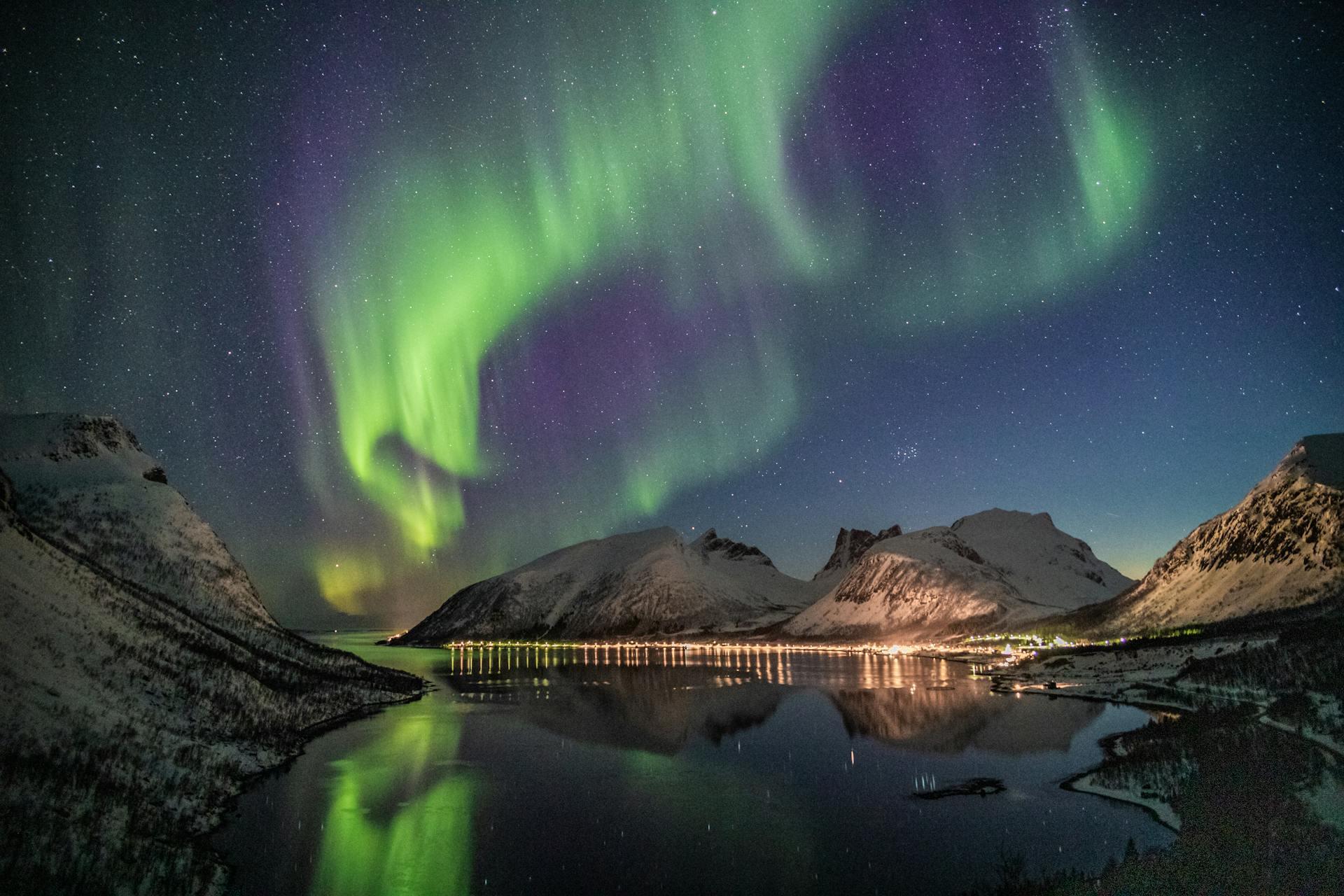
Destinations such as Yellowknife, Whitehorse, Jasper National Park, and Iqaluit are the right spots to contemplate and enjoy this phenomenon. Canada's cold, clear nights allow the aurora to manifest itself in all its intensity.
If you are lucky enough, you can enjoy this spectacle for anywhere from a few minutes to several hours. So get your coat and your camera ready because you will want to preserve these fascinating memories.

